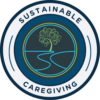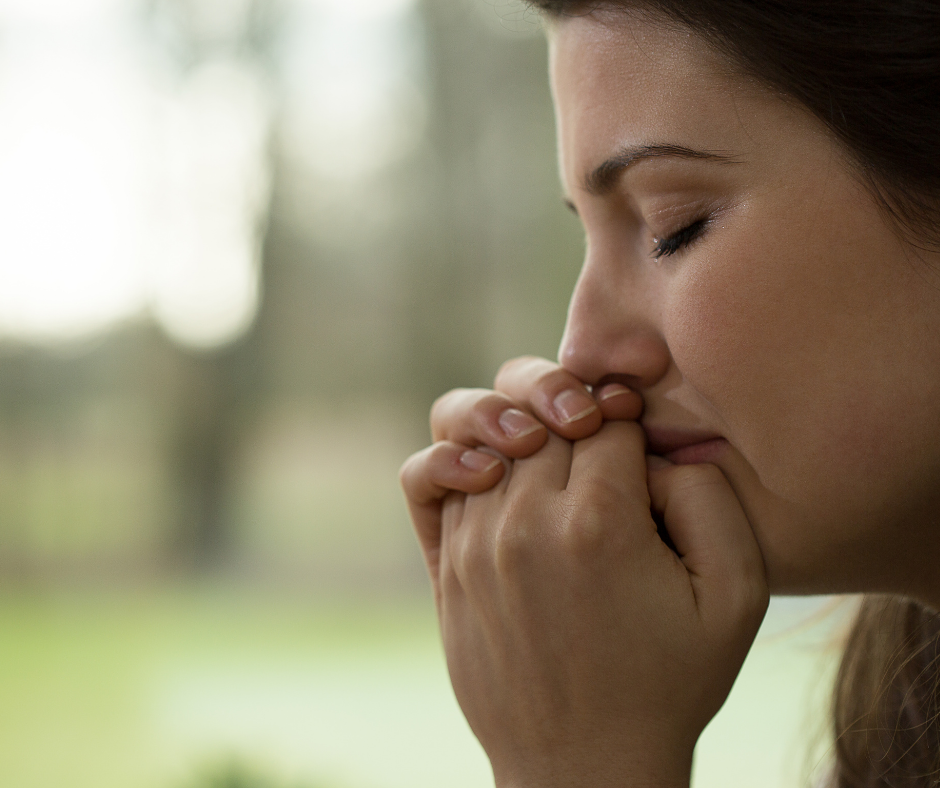“One should . . . be able to see things as hopeless and yet be determined to make them otherwise.”
F. Scott Fitzgerald
Having hope is vital to our emotional well-being, but when caregiving becomes the predominant focus of your thoughts, it can feel like your purpose, your reason for being, along with your future, has been hijacked and put on hold. Hope feels elusive. You can feel like you are a hostage to caregiving or to your family member’s choices. Your family member may not recognize the level of care provided and insist that they can get by just fine on their own. It can feel like your captor is telling you that you are free to leave, but despite your desire to rewrite the itinerary of your life’s journey, you stay.
“The art of living is more like wrestling than dancing, because an artful life requires being prepared to meet and withstand sudden and unexpected attacks.”
Marcus Aurelius

Understandably confused by your circumstances, you wonder; How did we get here? Why did we get here? What do we do now? What about MY plans, goals, and dreams? Our sense of identity can get confused. Who am I if I am no longer connected to the things that gave me purpose and joy? Our future feels uncertain. Rather than feel hopeful, we feel hopeless. We wonder; How long will this be my life? The question provokes fear; it could be many years, and shame, often disguised as guilt; my freedom requires that my family member will no longer be here. The feeling that we are no longer in control of our life, of our future, is distressing. Layered into those worries are the worries about our family member.
A Heightened State of Alert
Caregiving keeps us at a heightened state of alert. To be in a constant state of worry for an extended period is detrimental to our well-being. In addition, because we feel like we have nothing to look forward to, our hopeless feelings persist and can lead to caregiver burnout and depression. While we are often alone in our role, it isn’t being physically alone that causes a deep sense of loneliness. Not only do we grieve not having something to “look forward to,” but our external structures no longer support us. Because caregiving is out of their realm of relatability, colleagues, friends, and family don’t offer the empathy and validation we are accustomed to receiving when facing a challenge. Without an outlet, sadness and hopelessness accumulate.
Hope and Resilience
It helps to understand what hope is and what it isn’t. Hope is not passive, wishful thinking, or optimism. Rather, hope is proactive and involves planning. Hope can be felt like an emotion and be the motivator that helps you locate the path that leads to light. Feeling hopeful is a component of resilience, which is the ability to cope with challenges, recover quickly and grow in the process. Resilience is a crucial defense to caregiver burnout. While negative thoughts and uncomfortable emotions work to fuel a negative feedback loop, hope and resilience work together in a positive feedback loop. So, how can we feel hopeful when we are caught in the negative cycle and feel as if we have little control over our circumstances?
Reconnect to Hope

Journal about the hopes you had and what hope looks like now. Where is hope within the experience? List the micro-hopes you have for the day, week, and month. Reflect on how the caregiving experience can become a part of your journey?
Imagine being carried away by the swift water and holding onto hope like a lifeline. We follow the lifeline to safety, where we regain our composure following this traumatic event. Like the lifeline, hope leads to more hope and a greater overall sense of well-being. Glimmers of hope help connect us to a new path and ultimately back to our journey. Where do you see glimmers of hope?


Look for opportunities to be kind and gentle with yourself each day. A few minutes of stillness and deep breathing can transform the moment from noise to silence and peace, the path to kindness. The brief release of the external worries and stress can allow your internal calm to surface.
These moments of calm and compassion are empowering. They connect us to hope and give us the confidence to continue navigating the challenges of caring for ourselves while caring for our family member.
While caring for Dad, I fought an internal battle and faced a firing squad of fears to find the truth that was always present. It was a truth that I was not ready to hear until I was. I was my own captor, and I was holding myself hostage. Reconnecting to hope was part of the process I used to flip the internal script and create my own sustainable caregiving experience. Navigating the Caregiver River: A Journey to Sustainable Caregiving is available on Amazon. Also, check out the Self-Caregiving Strategies Podcast. Begin to build your personal Sustainable Caregiving foundation.
Schedule Theresa Wilbanks to speak on caregiving and empower the caregivers in your workplace or community with the 12 Sustainable Caregiving Strategies.
Advice offered is for general information only; please contact your healthcare team, legal or financial advisors to guide your particular situation.

